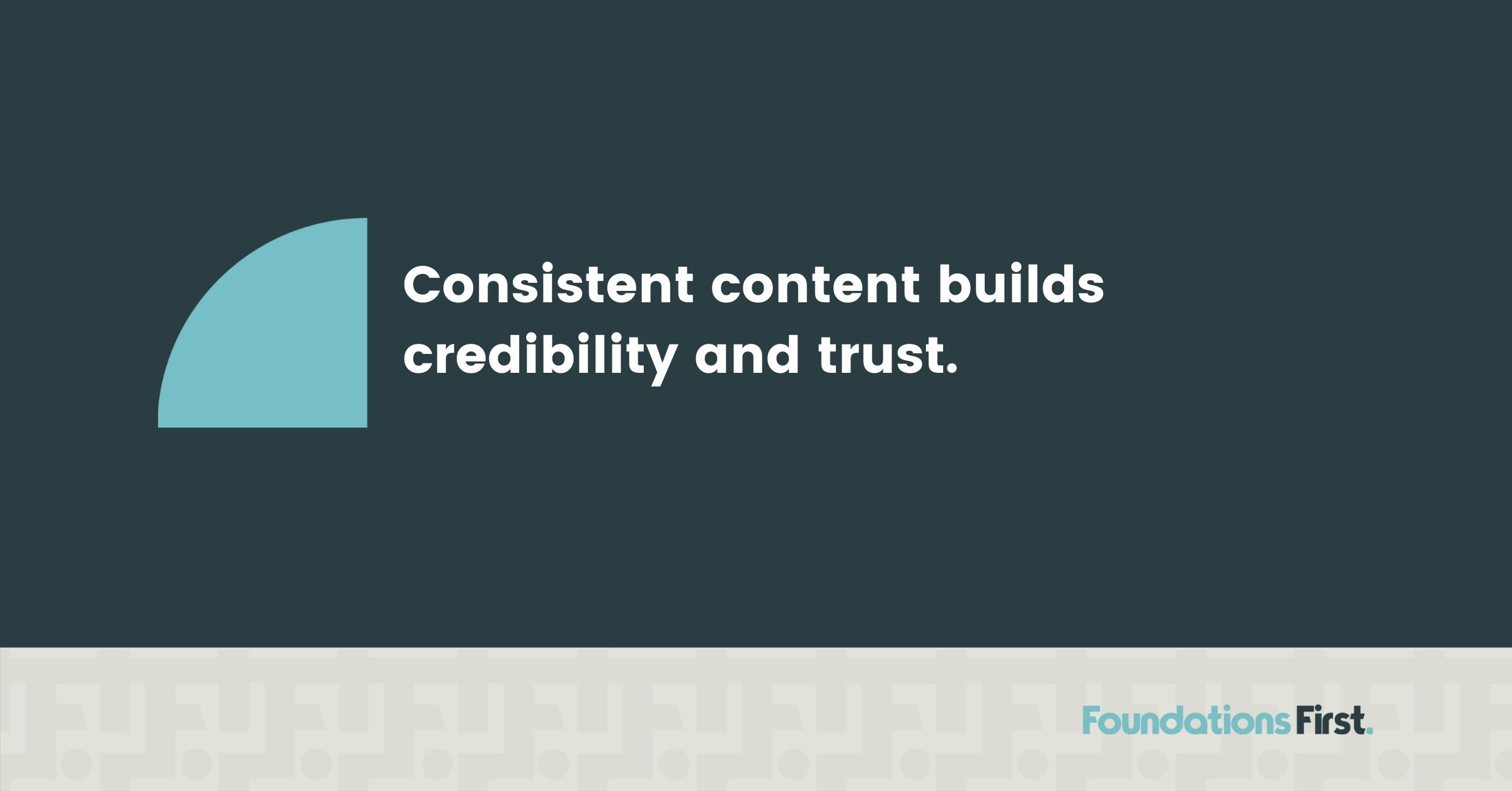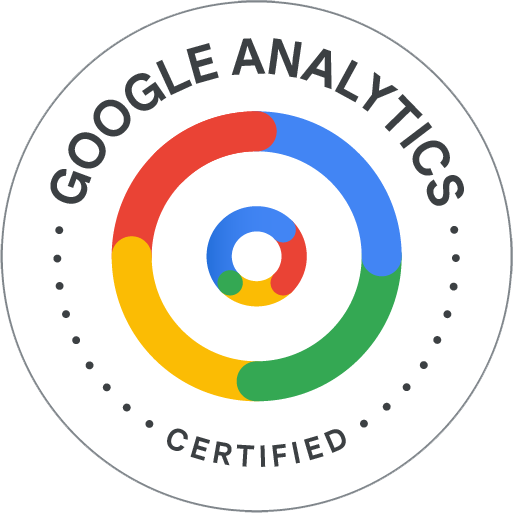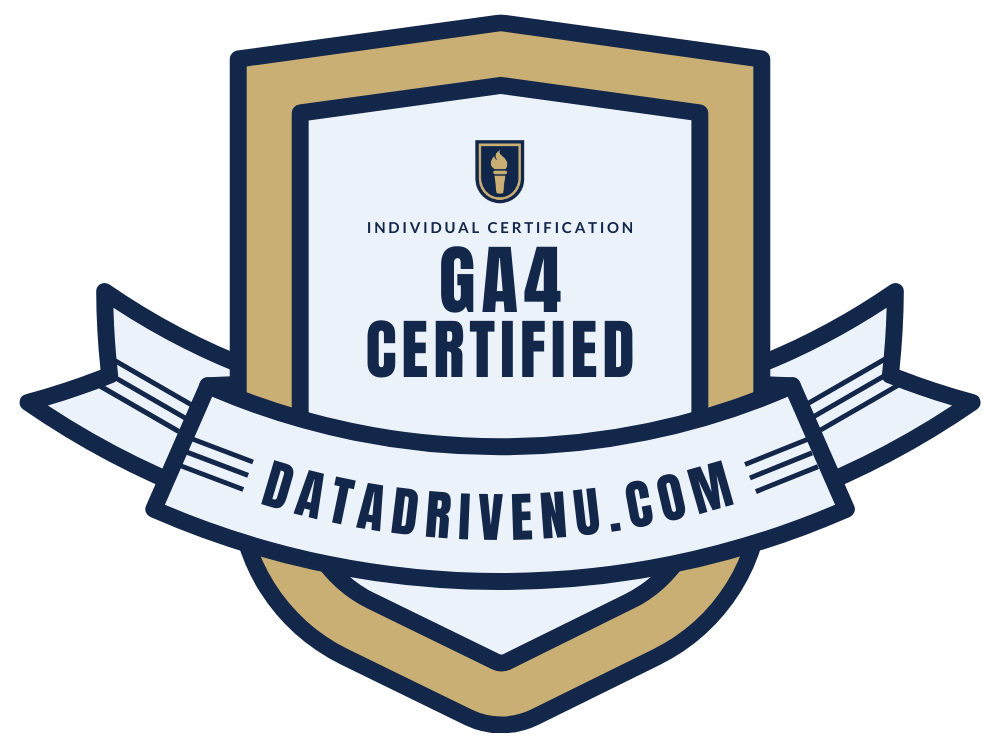Are you building a B2B company and overwhelmed by all things digital? All the while thinking that what you really want to spend your time on is engaging (authentically) with your ideal customers? Instead, your head’s buzzing with scattered terms–website, content marketing, SEO, analytics, PPC, email, social media, and digital PR. It can all be a bit daunting, right?
We get it. Digital marketing can be a bit overwhelming, but it can also help you build that business by truly reaching (yes, authentically) those ideal customers. It’s really just a matter of knowing what tools are at your disposal, how they are used, and why these tools are important. Plus, we offer up a little sage advice on each!
What Your Website Is
Your website is your digital storefront. Whether it’s WordPress, Wix, Squarespace, Drupal, Joomla, Magento or something else, your website represents you and the value you bring to potential customers.
How Your Website is Used
Whether you use it as a simple one-page brochure site or a robust ecommerce platform, your website is your home base. All other digital channels feed into this.
Why Your Website is Important
All channels lead back to your website, so it should be worth that journey. It’s also a first impression of how you do business.
Sage Advice
We hear a lot “well, my website might look outdated, but it’s not hurting me.” To this, I like to ask, “How do you know it’s not hurting you?” Although we can measure site traffic, we really can’t tell when someone doesn’t like your vibe and they simply split. Therefore, you really don’t know how much business you’re leaving on the table.
Give your website some love. Remember, all digital channels lead to your website, so make sure your ideal customer will resonate with the content. Also, once you’re done reading to the end, do a little secret shopping of your website. Pretend to be a prospect. Click on all the links including your social icons and make sure it all works. Nothing’s worse than launching a website only to discover 6 months later that a key form doesn’t work, or a bunch of links are broken. You can’t make those first impressions again.
What Content Is
Content marketing is any content production—Ebooks, checklists, onboarding forms, blog posts, etc. It’s one way (not the only way) to communicate with your ideal customer.
What Content is NOT
Content is not just blog posts, and it shouldn’t be limited to the marketing department. We recommend the content marketing lead be involved and drive content across the organization whenever possible including internal communications. The more consistent the tone, the better!
Why Content is Important
Consistent content builds credibility and trust. Great content can drive traffic to the site, nurture leads, and help close sales. Content also helps with customer support by keeping customers happy, and happy customers refer new customers.
Sage Advice
Content is time consuming to create and outsourcing it can get expensive. Results are notoriously difficult to track. We’ve seen it take 6-12 months to get a content machine working. Start small and create only high-quality content that is authentically you and your brand, and above all—keep it meaningful to your ideal customer. Think quality over quantity.
What SEO Is
Do a Google search for your brand name. See the listings that show up under the ads? That’s what search engine optimization (SEO) does. SEO is the process of suggesting to Google how you show up in search results.
What SEO is NOT
Of all the tools in the toolbox, SEO is probably the most misunderstood, technical, and intimidating. It’s not some mythical level that when you hit the right angle, a bubble appears, and all competing ideas are relegated to subsequent search engine results pages (if only.) And ask 3 SEO specialists how to position that level, and you’ll get three different opinions. The hard truth about SEO is that it’s critical, and yet it won’t suddenly increase sales or make your business boom. SEO is a slow-and-steady-wins-the-race digital channel. SEO can be expensive and time consuming since it involves technical fixes as well as a content marketing strategy.
How SEO is Used
For most of our clients we like to see about 60% of their website traffic come from organic search – basically Google. With that level of organic search, you’re likely getting stable, high quality traffic. Plus, these searches are people who are likely ready to buy, and they don’t take a lot of convincing.
Why SEO Matters
Time and time again, when we look at client data, we see organic search as the #1 traffic generator of website visits. Organic searches usually provide a lot of the conversions as well. Although SEO is not a set-it-and-forget-it channel, once you do the hard work to get it running, it’s pretty easy to maintain and will pay dividends for years to come.
However, the initial investment can be cost prohibitive, especially if your website needs a lot of technical SEO work to get it up to snuff. This is where an SEO audit can save you time and money in the long run. One size doesn’t fit everyone. You need an option that works for your needs and budget. Even a small step here and there is still a step forward!
Sage SEO Advice
SEO takes a long time to get moving. We consider SEO absolutely foundational to your digital marketing because it touches everything you do.
The good news is that a little training goes a long ways; you’ll use SEO techniques everywhere (every blog post, every web page) and you’ll start to see more and more traffic from Google. It’s slow and steady, but it pays off for a long time.
You do not need to be an expert to improve your SEO. If you focus on writing like an actual human being, then you’re well on your way to making search engines happy. Write like you’re talking to your ideal customer. If you use words and phrases they use and understand, then Google will make sure you show up for those same terms and phrases, and your ideal customer will see you.
What Analytics Are
In its simplest form, analytics is looking at your site traffic to see what drives sales and engagement. Generally, this means Google Analytics and tracking from any other tools you use (email automation, social media, ad platforms, etc.). Don’t be scared off. With the right setup and dashboards, you don’t need to know all of this.
What Analytics are NOT
Analytics don’t magically divine why something happened, nor do analytics create data and then figure out what to do with that data. You have to figure out what you want to do and plan out what you need to track before a campaign starts. Analytics require planning and strategy. It’s a lot more than just tallying up website visitors.
How Analytics are Used
Generally speaking – if you see tracking integration, you want to hook it up. The more your tools talk to each other the better.
Why Analytics are Relevant
In short, tracking the right data allows you to figure out what is working so you can do more of it. Just as important, analytics tell you what isn’t working so you can recalibrate or reallocate resources. It’s that simple. Without this piece, you’re wasting money, time, and resources.
Sage Analytics Advice
If you aren’t tracking, you’re throwing away a lot of time and money. I realize this might sound intimidating or scary, but it’s one of those “must haves.” Ignoring data is like not checking your gas gauge when you’re driving.
What PPC Is
Anytime you pay for your brand to show up online, that’s pretty much considered PPC. Even though it’s not always literally pay-per-click, we generally use that term for any online advertising. In short, it’s pay to play; you’re paying when your ad is clicked.
There are all sorts of ways you can pay to play. Boosted social posts, ads on social networks, or display ads via Google.
What PPC is NOT
PPC is not easy if you want to do it well, and there are a bunch of different ways to advertise online. Online advertising isn’t static; it innovates so rapidly it’s hard to keep up.
How PPC is Used
PPC is a fantastic way to test keywords, messaging, graphics–pretty much anything! You can figure out in near real-time what is going to resonate with your target audience. We recommend using PPC to test your message before you run print ads or before you start a big content strategy to help with SEO. Using PPC as a testing ground is a quick way to ensure your assumptions are accurate, which will save you from costly mistakes.
For example, if you’re going to send postcards to your target audience, run a PPC campaign to that demographic first to see which message results in more conversions. Then, produce your print ad based on that message. PPC is a relatively inexpensive and fast way to test content.
Why PPC is Important
PPC can help you gain higher visibility on Google and Bing. It can also get you quick wins.
Sage PPC Advice
Here’s the hard truth. Any ad you run is going to take some time to optimize. With ads, sometimes it’s more helpful to have a campaign totally fail than just “do okay.” We love using PPC to test ideas and see what works and what doesn’t. The problem, of course, is that it takes money and some amount of expertise to get it really working with a positive return on ad spend. We’ve had clients with really small ad spend who have taken two years to get it optimized, so that when they need leads, it’s like turning on the faucet. So yes, it can get you quick wins, but it can also bleed you dry in a matter of hours with nothing to show for it. So tread lightly.
What Email Is
Email is one-to-one communication, like going to coffee with someone you know. Email should be targeted, relevant, and sent only to known contacts.
What Email is NOT
Email should not be used to cold-contact prospects. You’ll quickly get banned from email providers if you do this.
How Email is Useful
Email is great for highly targeted and personalized communication. You can automate a lot to make sure you’re sending the right email at the right time during your sales cycle. And since you know the recipient, you can tailor your message.
We also use email for newsletters to keep customers and prospects engaged. My favorite use is as part of a nurture sequence, where we send a relevant email after a prospect takes an action.
Why Email is Important
Email can save a ton of time when you use the automation functionality. Email can help you stay top-of-mind with your prospects, and it can help you get referrals and increase customer satisfaction.
Sage Email Advice
Don’t send an email you wouldn’t want to receive. Make sure you set a standard that your emails are targeted, relevant to the recipient, and sent only—only to known contacts. Follow Andrea Mignolo’s maxim: “I want to do business with a company that treats emailing me as a privilege, not a transaction.”
What Social Is
If email is a coffee shop meeting with a friend, social media is a party – there are people you know there and people you are meeting for the first time. Social networks are expanding quickly. The mainstays are Facebook, Twitter, LinkedIn (especially for B2B companies), Reddit, and Pinterest.
What Social is NOT
Social media is not free. It takes a lot of time and energy to do it well, and we usually recommend some kind of minimum budget to boost posts (can be as little as $20 per boost to make a difference). Social media is also not fast. To build a genuine brand on social networks takes work–every single day. You really do have to engage and act like a human.
How Social is Useful
We use social networks to engage with different spheres of contacts. Our hope is always to reach our friends’ friends…and their friends.
Why Social is Important
Social media can boost credibility. If your website is awesome but your social platforms look awful, your credibility can suffer. Social is also great for reviews and referrals!
Sage Social Media Advice
Keep in mind that these networks were built for legit social engagement among people. The more you can be your authentic self and show that you actually care about other human beings, the more your posts will reach the right people.
We don’t recommend using social media as a billboard where you toss up some generic self-serving posts and never comment or engage with people. We do recommend using the networks as opportunities to start conversations–with real people. Engage. Show up. You get out of social media what you put into it. If you provide high value content, then your ideal customers will engage, and you’ll see momentum start to build. Know that this takes time.
What Digital PR is
Simply put, digital PR is a way to increase your brand awareness online, but it can be anything from getting into key industry directories to influencer marketing to speaking gigs to getting mentioned by key bloggers.
How Digital PR is Useful
In short, you’re trying to get media to quote and link to you, whether that’s in an article they are publishing, a podcast discussion, or even on their social networks. It’s about visibility and credibility.
Why Digital PR is Important
Gaining more visibility and credibility only helps you grow your brand.
Sage Digital PR Advice
Digital PR is a long game. Google and social networks are our best friends when it comes to blogger outreach. Really, if you know your target audience well, you probably know a lot of the media outlets right out the gate. But if not, ask your favorite clients if they follow any bloggers or podcasts. When in doubt you can literally Google things like “top b2b bloggers” in your industry niche. If you’re great at public speaking, you have even more opportunities!
Leverage Your Digital Marketing Tools
Best of all, once you’ve learned some basics about the tools available to you in your digital toolbox, you’ll find you can do a lot more with a lot less! If you leverage all 8 tools, you will actually end up doing less work and getting more exposure.
But Rome wasn’t built in a day. Most small B2B businesses first nail down their website and then work on blogs or social media. The important thing is to get your systems in place, so you understand how your tools work together. And that means efficiency!
Bottom line—focus on tools that will do the most to reach that target audience!










